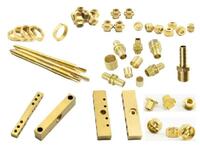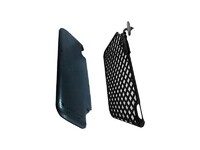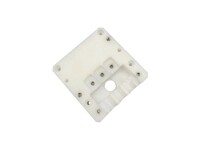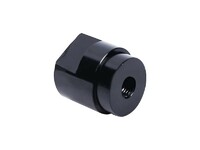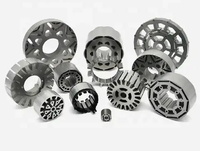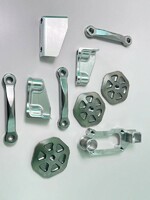Brass Precision Spare Parts
Specifications
Brass Precision Spare Parts
Precision brass and bronze pneumatic components, sleeve, screw, hydraulic hose accessories, furniture, marine lamp, hardware part. Brass precision parts for drones, cars and motorcycles. All parts
are made of real brass rods. They are cut to length and grooved, threaded, chopped according to the requirements of the object. They are precise in nature and strong in material.
What is Brass Made of?
Brass is an alloy made of copper and zinc. If the brass is composed of copper and zinc only, it is called ordinary brass. If it is a variety of alloys consisting of more than two elements it is
called special brass. Such as lead, tin, manganese, nickel, lead, iron, and silicon composition of copper alloy. Brass has strong wear resistance. Special brass is also called special brass, which
has high strength, high hardness, and high chemical resistance. It also has outstanding mechanical properties for cutting and machining. The seamless brass tubes drawn from brass are soft and have
strong wear resistance. Seamless brass tubes can be used for heat exchangers and condensers, low-temperature piping, and submarine transport tubes. It is also used for manufacturing plates, strips,
bars, tubes, and casting parts.
Characteristics of CNC Machining Brass Parts
Brass parts have strong wear resistance. High strength, hardness and chemical corrosion resistance. The mechanical properties of cutting are also outstanding. The seamless copper tube drawn from
brass is soft and has strong wear resistance. Seamless brass tubes can be used for heat exchangers and condensers, low-temperature piping, and submarine transport tubes. Manufacture of the sheet,
bar, rod, tube, etc. Contains copper at 62% to 68%, strong plasticity, manufacture of pressure-resistant equipment, etc. Brass parts are formed by processing copper, lathe, CNC computer gong
processing, and then plating.
Precision etching is a process of creating patterns, shapes, and designs on a variety of materials, usually metals, using an etching process. As a part of machining precision, this process is often
used in the manufacture of precision parts, such as integrated circuits, sensors, and other electronic components. In precision etching, the precision machining factory controls the chemical
reaction used to etch a desired pattern into the material, which is then filled with an etching fluid.
- Country: China (Mainland)
- Founded Year: 2013
- Address: Floor 3, Building 5, Hengji Industrial Park, Heyi Community, Shajing Street, Bao 'an District, Shenzhen
- Contact: Irene Fu

